Detailed information for the Power Converters
 |
 |
|||||||||||||||||||||||||||
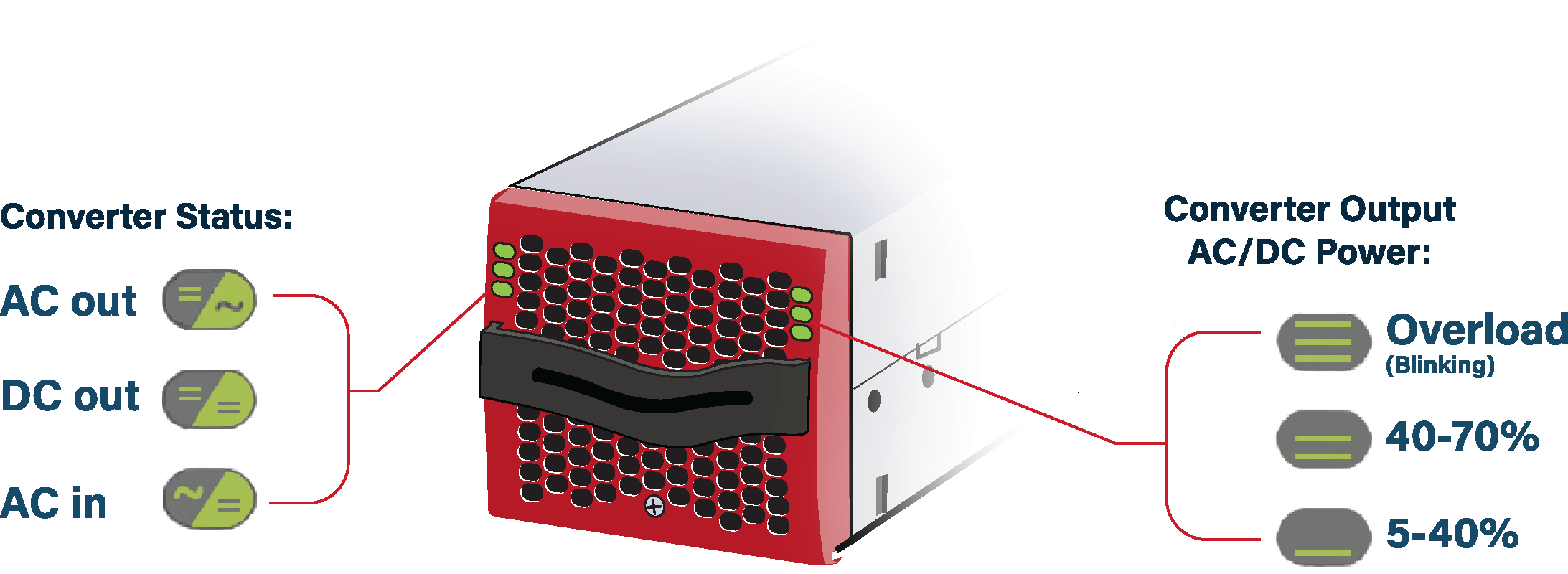 |
||||||||||||||||||||||||||||
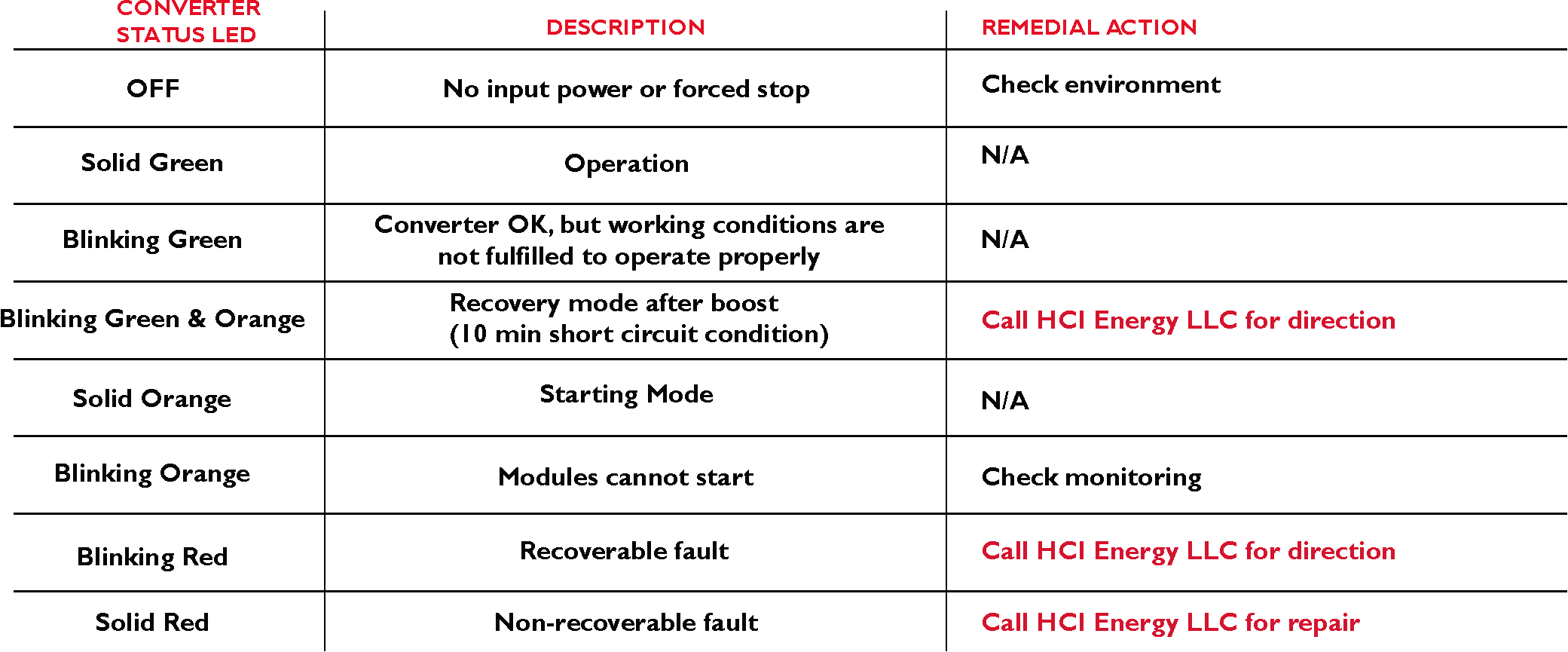 |
||||||||||||||||||||||||||||
| Typically, most consumer electronics operate on AC generate power. The invert modules convert DC battery input power into usable AC output power as an all-in-one-solution. Three ports (two AC, one DC) built into each module can all function as input and output, which means it can be used to secure both AC and DC loads and charge batteries at the same time. The inverte system works by using a DC energy buffer that uses the energy that comes, from whatever it’s source, to feed what needs the power. The total output power is shared live between the loads and the batteries. | ||||||||||||||||||||||||||||
| Features: secure AC and DC loads modular (2.7 kW to 2 MW) high power density hot-swappable capacity compact, easy to operate |
CERTIFICATIONS: |
|||||||||||||||||||||||||||
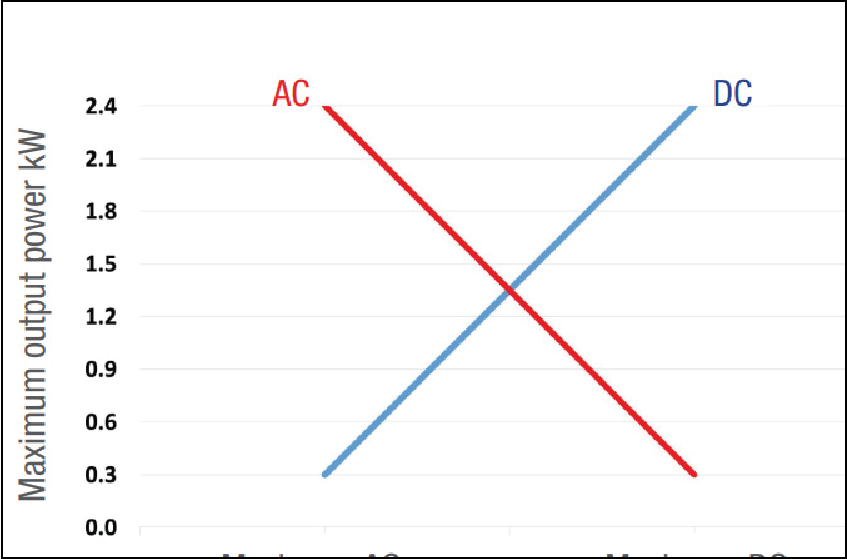 |
|
|||||||||||||||||||||||||||
 |
 |
|||||||||||||||||||||||||||
| SAFETY PRECAUTIONS: | ||||||||||||||||||||||||||||
| Inverter modules are electrical equipment that must be handled with care and attention. The following are guidelines to work and operate the modules safely. This equipment can only be repaired or maintained by a “qualified employee” with adequate training. Even personnel who are in charge of simple repairs or maintenance are required to have knowledge or experience related to electrical maintenance. Qualified employees are trained to recognize and avoid any dangers that might be present when working on or near exposed electrical parts. Qualified employees should know how to lock out and tag out machines, so the machines will not accidentally be turned on and injure employees working on them. All operators are to be trained to perform the emergency shut-down procedure. Operating ambient temperature is -20°C to 50°C. This unit is intended for installation in a temperature-regulated, indoor area that is relatively free of conductive contaminants. CAUTION – Risk of electric shock. Capacitors store hazardous energy. Do not remove cover until 5 minutes after disconnecting all sources of supply. CAUTION – Risk of electric shock. This Converter / UPS receives power from more than one source. Disconnection of the AC source and DC source is required to de-energize this unit before servicing. CAUTION - For continued protection against risk of fire, replace only with same type and rating of fuse. Isolation test (Hi-Pot) must not be performed without instructions from HCI Energy. The inverter system/rack can reach hazardous leakage currents. Earthing must be carried out prior to energizing the system. Earthing shall be made according to local regulations. Prior to any work conducted to a system/unit, make sure that AC input voltage and DC input voltage are disconnected. Prior to accessing the system or modules, make sure all source of supply is disconnected. Some components and terminals carry high voltage during operation. Contact may result in fatal injury. Remove weight from the cabinet by unplugging the converters. Mark converters clearly with shelf and position for correct rebuild. This is especially important in dual or three phase configurations. Empty converter positions must not be left open. Replace with module or cover. The mains (AC) supply of the modular converter system shall be fitted with lightning surge suppression and transient voltage surge suppression suitable for the application at hand. HCI’s recommendations of installation shall be adhered to. Selecting a device with an alarm relay for function failure is advised. Choosing and installing surge arrestors must obey to precise technical rules. Distance to equipment to protect, cable gage and cable routing have significant influence on proper device service. Some areas are more susceptible to be hit by electrical strikes, especially when altitude increases. Good earthing is also crucial for surge arrestors to work properly. |
||||||||||||||||||||||||||||
 |
||||||||||||||||||||||||||||
| OPERATION: | ||||||||||||||||||||||||||||
| After powering on the modules, they should have an indicator light to signal the health of each module. | ||||||||||||||||||||||||||||
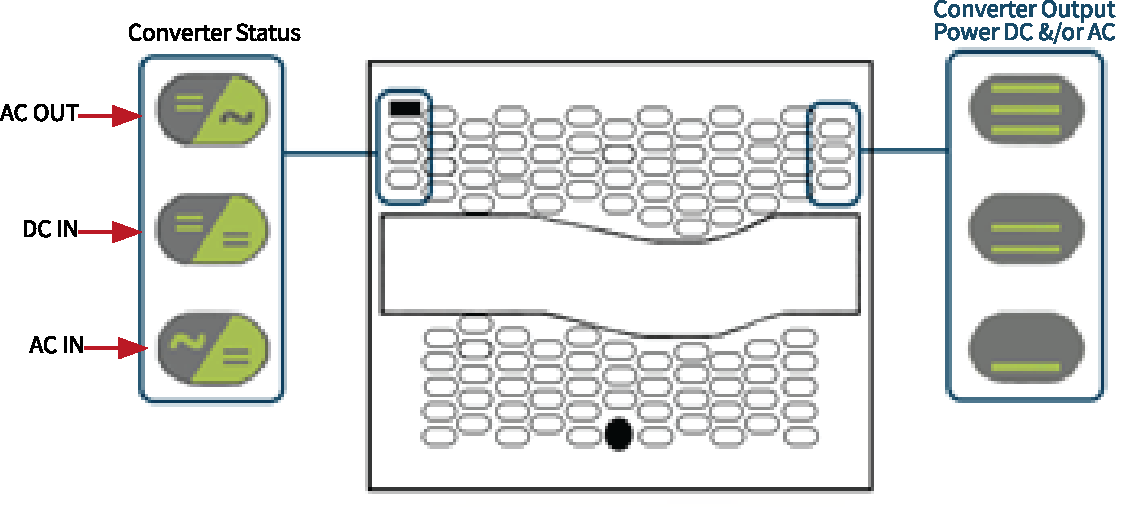 |
 |
|||||||||||||||||||||||||||
|
||||||||||||||||||||||||||||
| REPAIRING / REPLACING A MODULE: | ||||||||||||||||||||||||||||
| Inverter modules can fault from time-to-time and are ‘hot swappable.’ When a new module is inserted in a live system, it automatically adapts to a working set of parameters and assigns the next available address in the HMI. Call HCI energy for service and repair. Removal and Insertion 1. Remove the old module by rotating the screw in a counterclockwise direction by using a phillips screw driver to unlock the latch and pulling the module out using the front handle. 2. Check module compatibility (DC VOLTAGE!). 3. Place the module in the shelf and slide in. 4. Using the module handle, push firmly until the unit is properly connected. 5. Rotate the screw in a clockwise direction using a phillips screw driver to lock the latch. 6. The module will start up and take the first address available on the bus. |
||||||||||||||||||||||||||||
 |
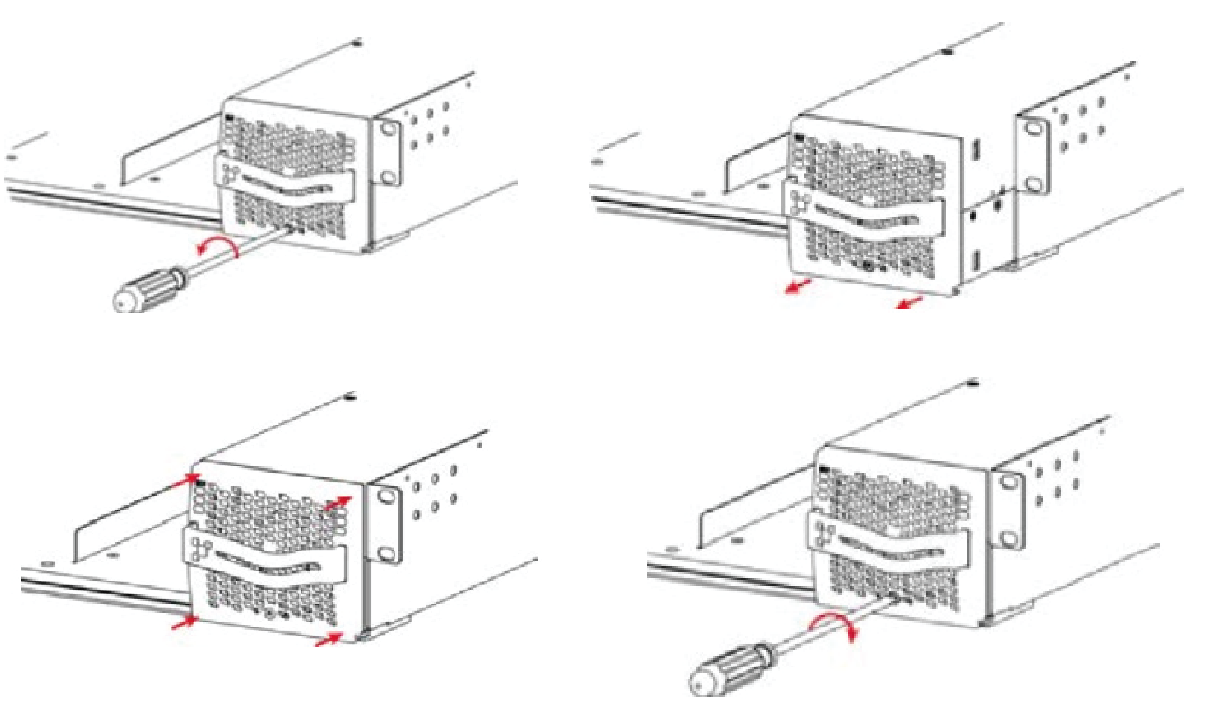 |
|||||||||||||||||||||||||||

